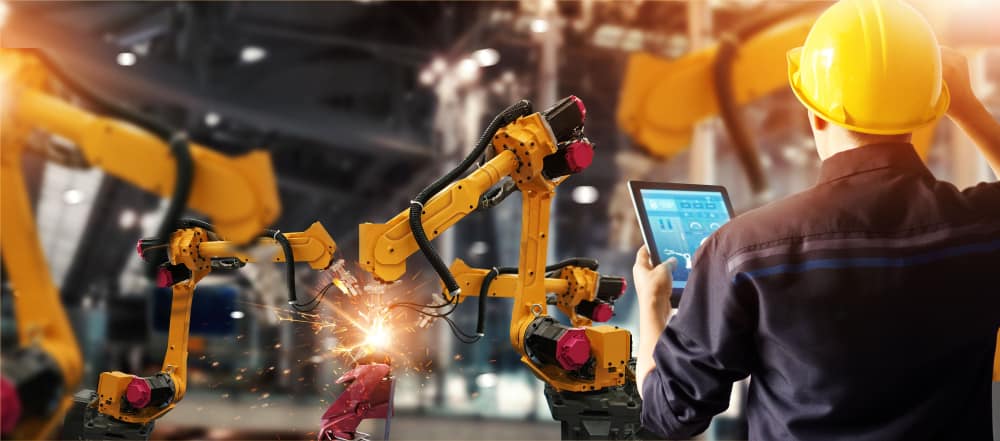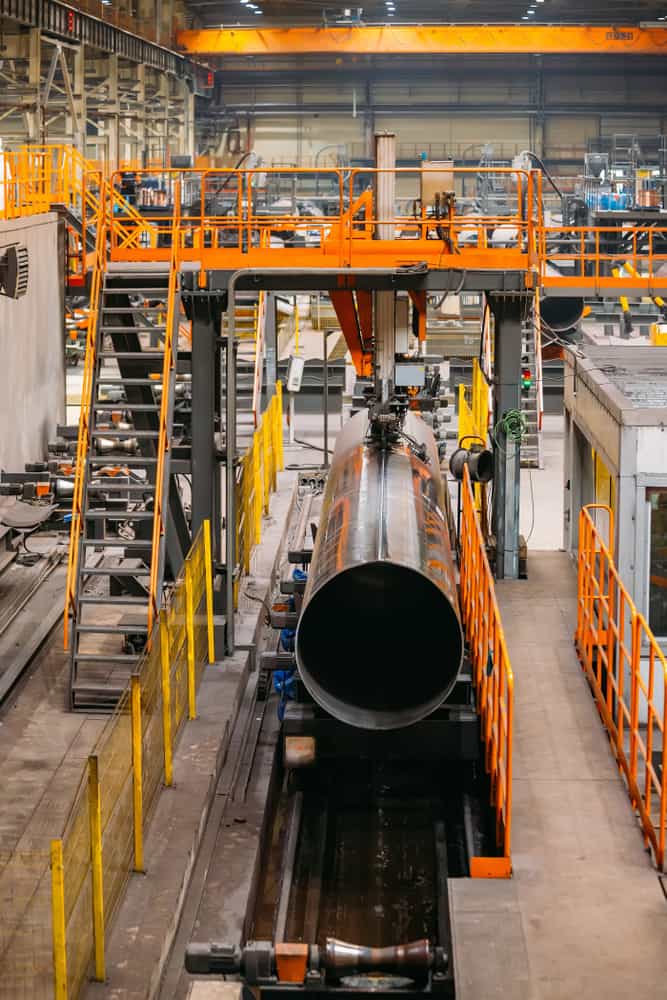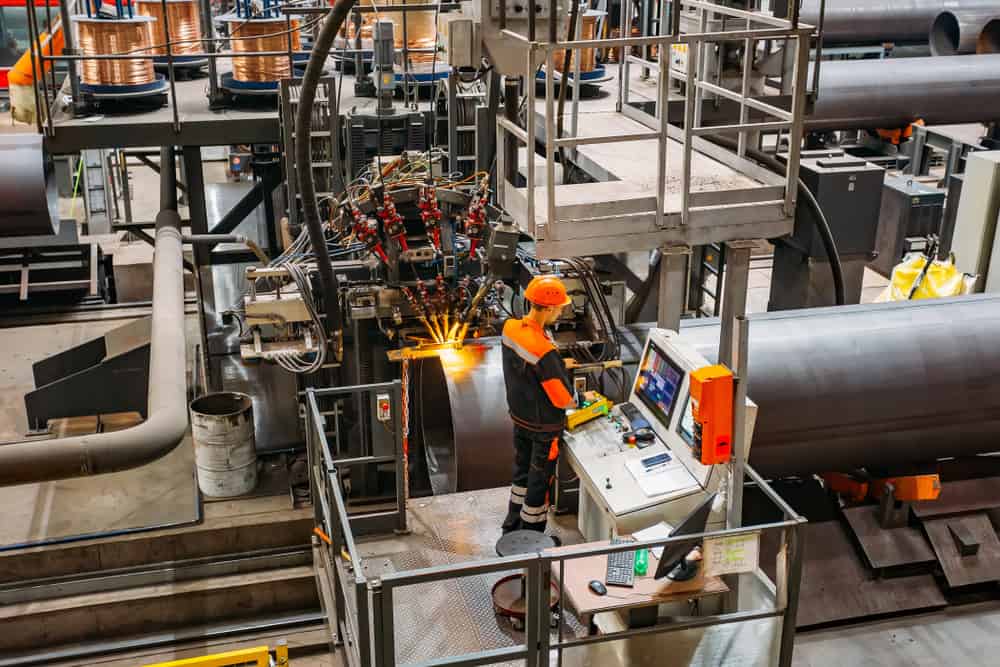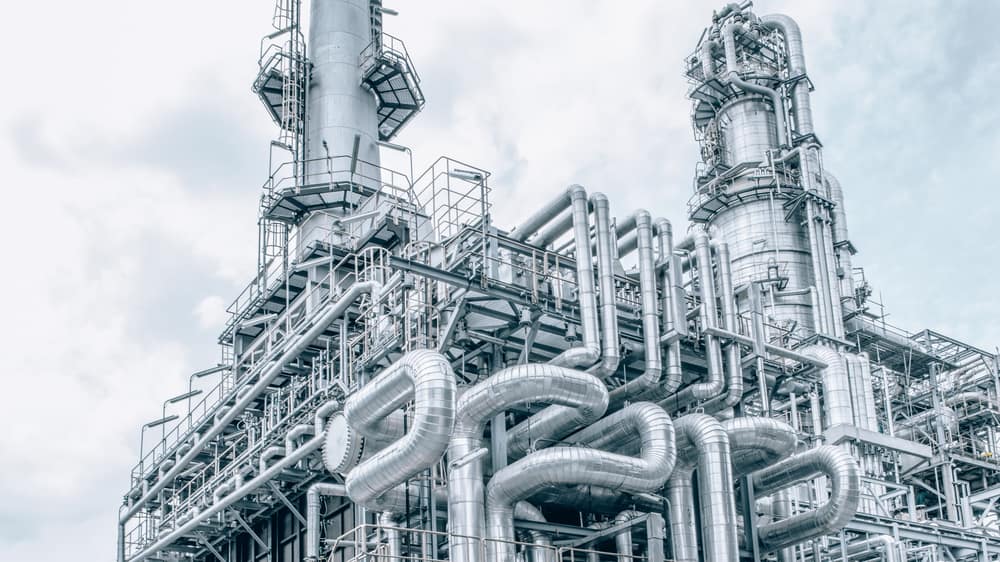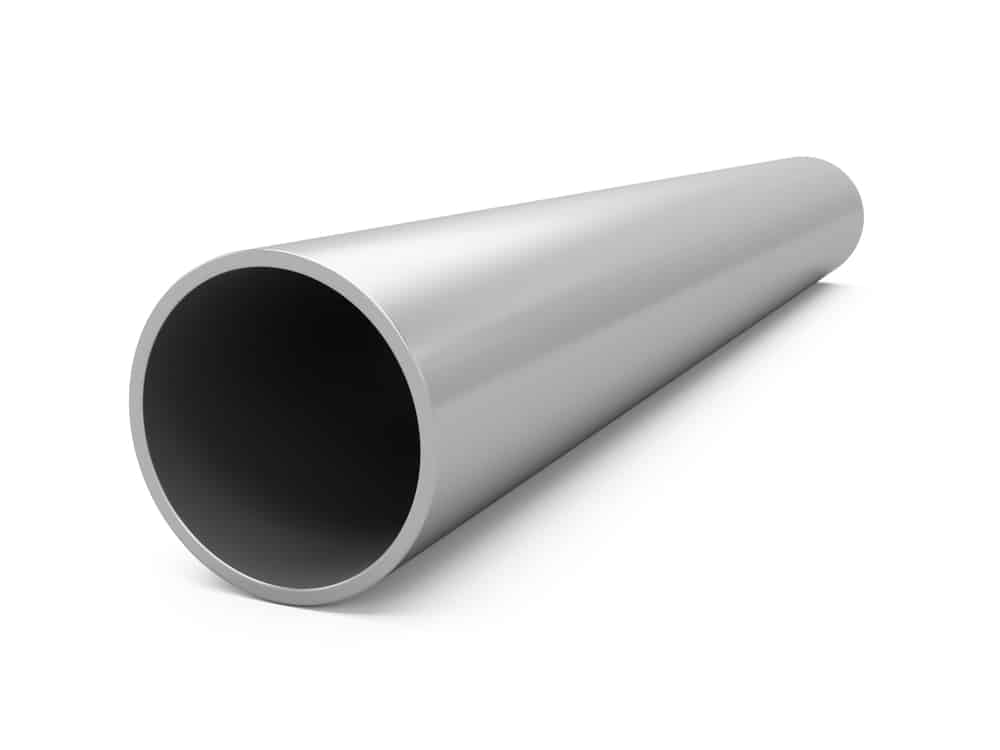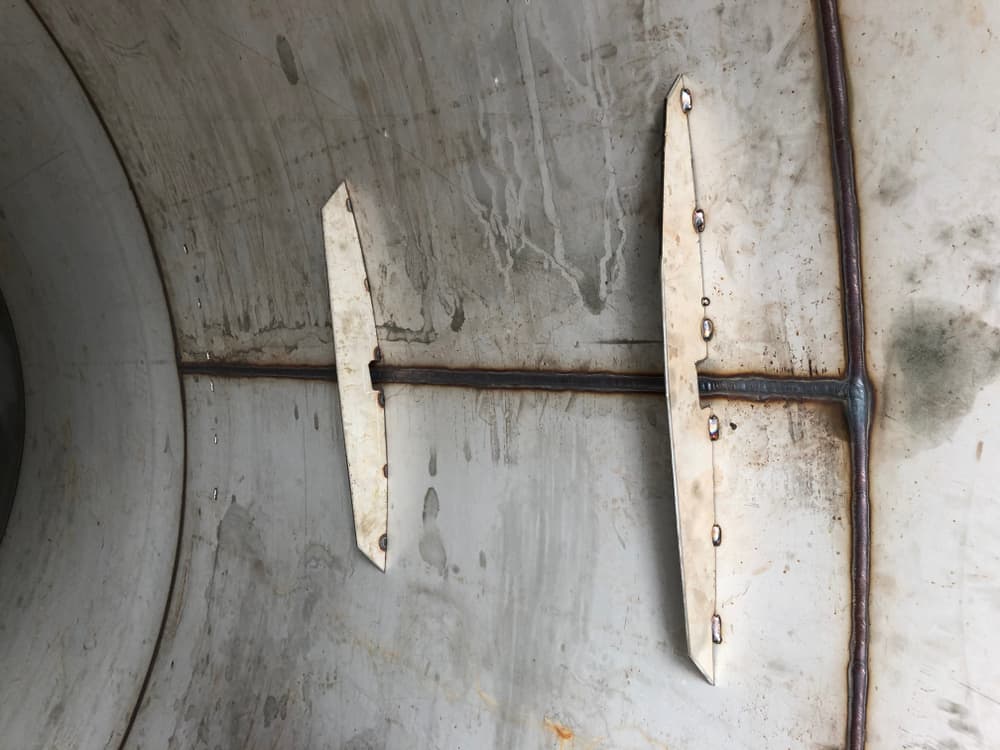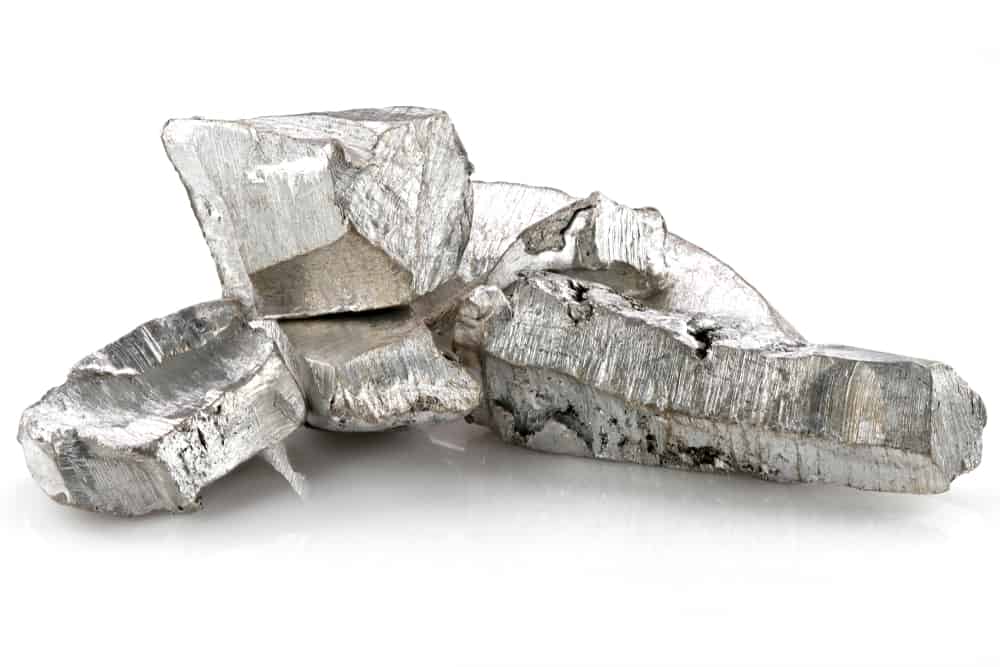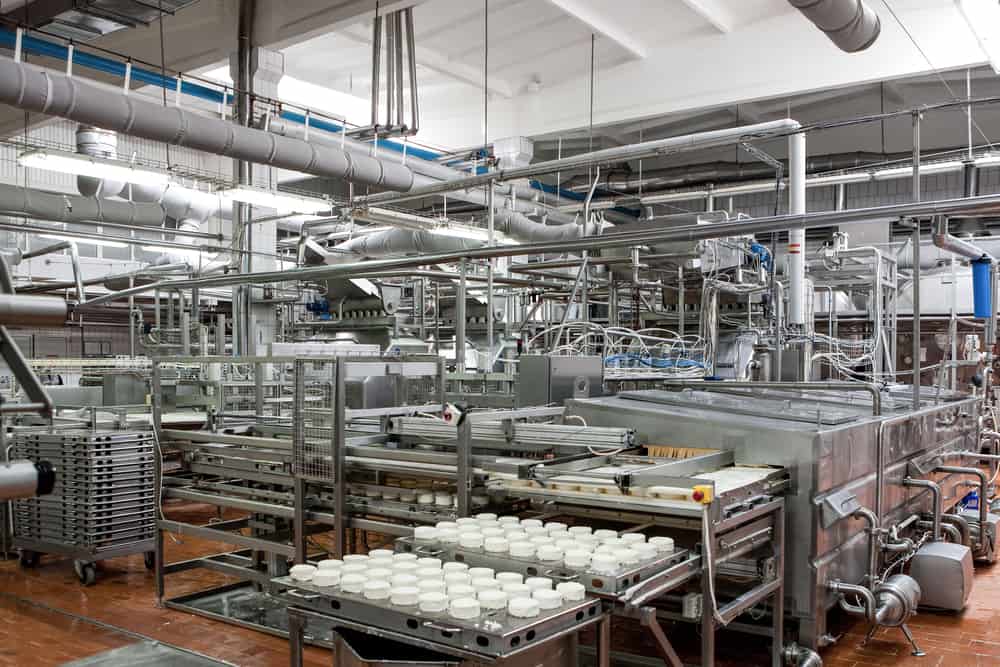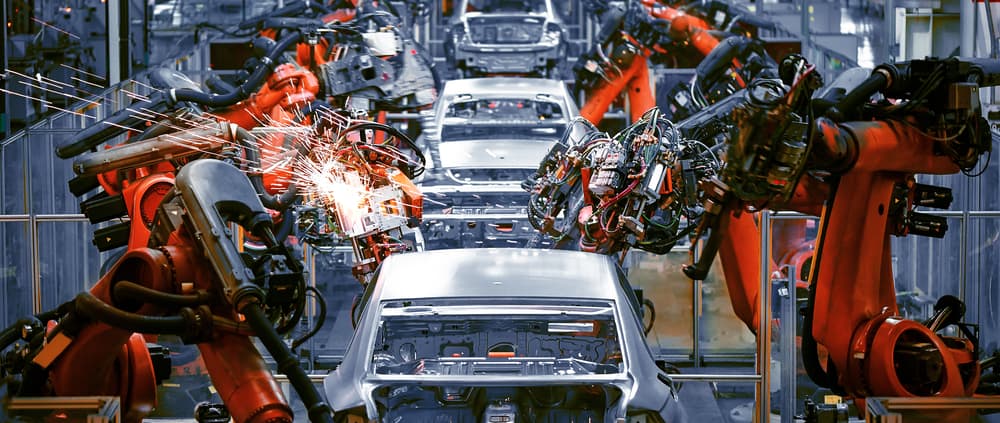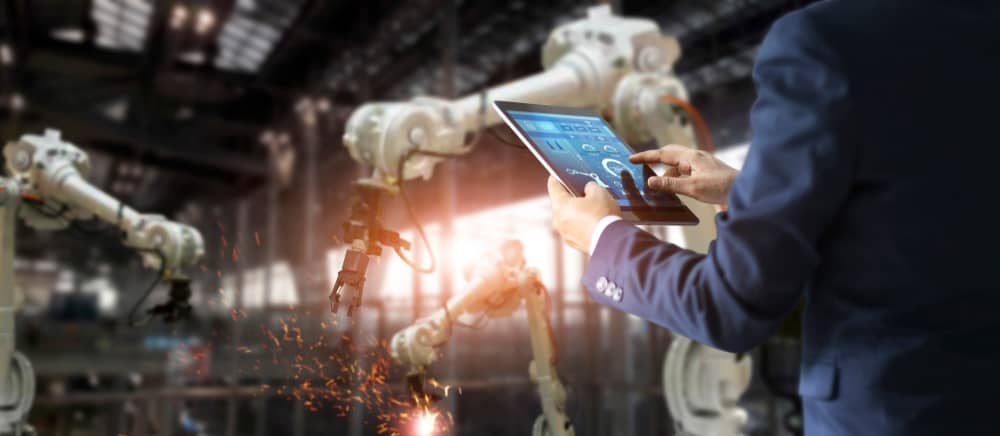
The digital transformation in manufacturing has occurred swiftly in recent years with the rise of automation and digital technology. Industries like oil and gas have leveraged the benefits of this change and have begun to rely more heavily on advanced technologies in areas including business, finance, and logistics. However, one…

